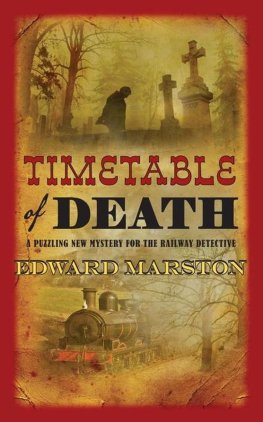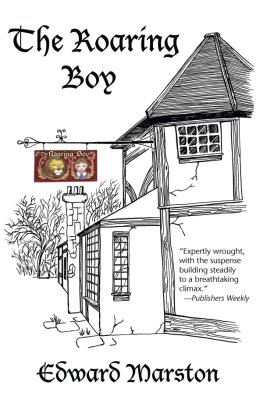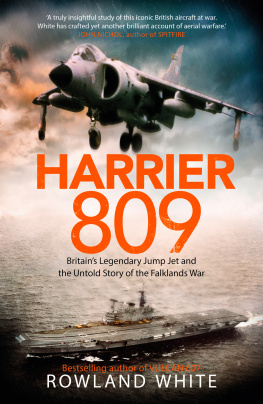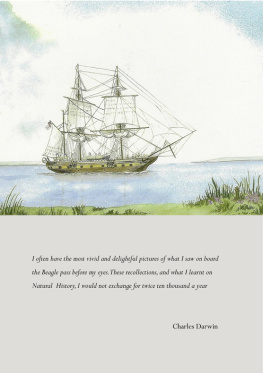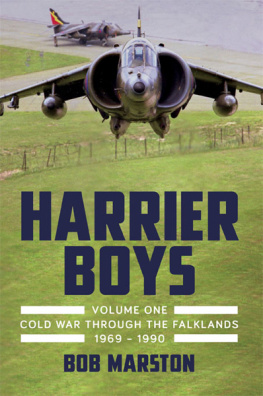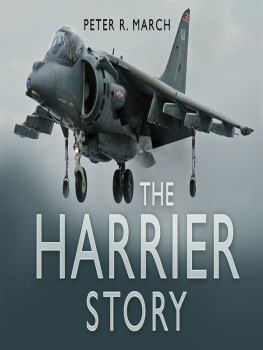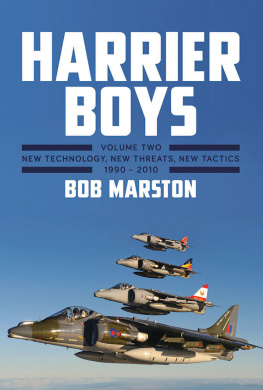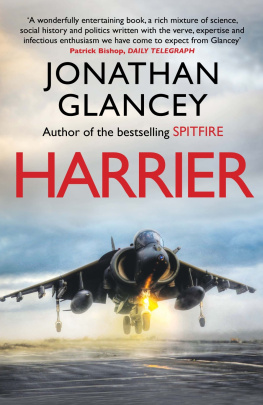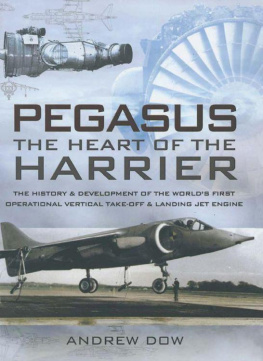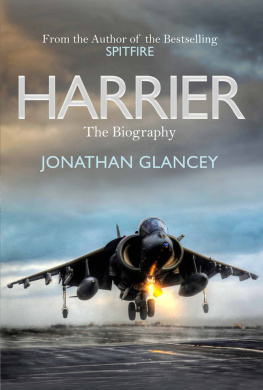Bob Marston - Harrier Boys, Volume 2
Here you can read online Bob Marston - Harrier Boys, Volume 2 full text of the book (entire story) in english for free. Download pdf and epub, get meaning, cover and reviews about this ebook. year: 2017, publisher: Grub Street Publishing, genre: Non-fiction. Description of the work, (preface) as well as reviews are available. Best literature library LitArk.com created for fans of good reading and offers a wide selection of genres:
Romance novel
Science fiction
Adventure
Detective
Science
History
Home and family
Prose
Art
Politics
Computer
Non-fiction
Religion
Business
Children
Humor
Choose a favorite category and find really read worthwhile books. Enjoy immersion in the world of imagination, feel the emotions of the characters or learn something new for yourself, make an fascinating discovery.
- Book:Harrier Boys, Volume 2
- Author:
- Publisher:Grub Street Publishing
- Genre:
- Year:2017
- Rating:5 / 5
- Favourites:Add to favourites
- Your mark:
- 100
- 1
- 2
- 3
- 4
- 5
Harrier Boys, Volume 2: summary, description and annotation
We offer to read an annotation, description, summary or preface (depends on what the author of the book "Harrier Boys, Volume 2" wrote himself). If you haven't found the necessary information about the book — write in the comments, we will try to find it.
Harrier Boys, Volume 2 — read online for free the complete book (whole text) full work
Below is the text of the book, divided by pages. System saving the place of the last page read, allows you to conveniently read the book "Harrier Boys, Volume 2" online for free, without having to search again every time where you left off. Put a bookmark, and you can go to the page where you finished reading at any time.
Font size:
Interval:
Bookmark:

HARRIER BOYS
VOLUME TWO
NEW TECHNOLOGY, NEW THREATS, NEW TACTICS
1990 2010
VOLUME TWO
NEW TECHNOLOGY, NEW THREATS, NEW TACTICS
1990 2010
BOB MARSTON
GRUB STREET LONDON
PUBLISHERS NOTE
From time to time Bob Marston has written a short introductory piece to the chapter written by the named contributor. Bobs piece has been indented for clarification purposes.
AMENDMENTS TO VOLUME ONE
: Bob Heyhoes rank was chief technician not sergeant.
: The picture caption should read XV792 not XV982.
Jim Downeys surname ends -ney not -nie.
Last page of first photo insert: The top photo attribution should be (unknown) not Jock Heron.
Published by
Grub Street
4 Rainham Close
London
SW11 6SS
Copyright Grub Street 2016
Copyright text Bob Marston 2016
A CIP record for this title is available from the British Library
ISBN-13: 9-781-910690-17-8
eISBN-13: 9-781-910690-68-0
Mobi ISBN-13: 9-781-910690-68-0
All rights reserved. No part of this publication may be reproduced, stored in a retrieval system, or transmitted in any form or by any means electronic, mechanical, photocopying, recording or otherwise, without the prior permission of the copyright owner.
The first generation Harrier was an exciting seat-of-the-pants, stick and rudder, pilots flying machine that faithfully followed its Hawker pedigree, with the added dimension of vectored thrust. Bringing the expeditionary air force concept of earlier years into the jet age, it amply fulfilled its role in the Cold War period. Operating from small, mobile, concealed sites near to the battle front, Harriers could support a ground war with impressive sortie rates. While honed for Europe, this concept was proven in national contingencies to protect Belize and the Falkland Islands.
But as the 20th century drew to a close, the Harrier and its world were about to change almost beyond recognition. The second-generation aircraft had a single crew member, a Pegasus engine, and the ability to land vertically. Otherwise, it was more different from the Harrier GR3 than the original GR1 had been from the Hunter. At the same time, the Cold War was won. The Berlin Wall tumbled, Germany was unified, and ex-Warsaw Pact countries defected to NATO. When Iraq invaded Kuwait, the RAFs Harriers were left on the sideline of the first Gulf War, being not yet ready for combat, but significant lessons were evident. While the vulnerability of hardened aircraft shelters supported the Harrier deployment concept, the wide public visibility of the fighting led to an outcry at Iraqi forces dispersing aircraft away from main bases, risking collateral damage to nearby civilians. The old Harrier war plans had to be re-thought.
The GR5 promised significant advantages over the GR3:
It had more pylons to carry weapons (nine as against five, including the dedicated pylons in front of the outriggers for air-to-air missiles).
The pylons were wired through a databus, enabling the pilot to communicate with smart weapons, so that they could be best used.
More of the pylons were wet, allowing more external fuel tanks to be used.
The wing carried significantly more internal fuel.
Refuelling was facilitated by moving the ground connector to enable use with the engine running, while a retractable probe could be left permanently fitted.
Fuel flow to the engine was controlled by a digital engine control system, which was easier to maintain and simpler to use than the old hydro-mechanical system.
An active electronic countermeasures () system was built into the airframe.
The raised cockpit and bulbous canopy gave the pilot a much better view.
The wing, with leading-edge root extensions (), gave improved turning performance. With its huge flaps and drooping ailerons, it also gave much more lift at low speed.
Vertical lift performance was enhanced by devices to trap engine thrust under the fuselage.
After the decision to go with the American design as a basis for both AV-8B and GR5, rather than the RAF following the Kingston plan for a metal big wing Harrier II, introduction of the GR5 was far from trouble-free. The wing gave more lift, but the resultant drag, and that from the canopy, resulted in a lower top speed than that of the GR3. While addressing RAF concerns about bird strike resistance and battle damage survivability, many components were also changed in order to increase the UK manufacturing share within the aircraft.
Extra bird strike tests on the windscreen and wing leading edges took time and necessitated design tweaks.
Initial bullet impact tests on fully-fuelled wings caused worry, before it was decided that shock-wave transmission through fluid with no air gap in the wing was unrealistic.
The Ferranti inertial platform took much longer than anticipated to achieve reliability. American Litton platforms had to be used initially.
The American plan was to use the on-board oxygen generation system () to provide pure oxygen to the pilot. The RAF insisted on a regulated breathing air mix, giving an appropriate partial pressure of oxygen for the environment; this took time to develop.
The loss of an early GR5, with the test pilot dying and the airframe disappearing into the deep Atlantic, led to a lengthy pause while an explanation was sought.
The GR5 was to use two guns developed from the Aden cannon used on the GR3, as opposed to the single Gatling gun on the AV-8B. First, a compromise fuselage design was needed to take either the American gun, with ammunition fed from the other side, or the UK pair of guns, one each side. When this had been solved, development of the gun proved difficult. In testing, gun stoppages were frequent. Moreover, it had been decided that, unlike the GR3-era Aden discarding the used cartridges while collecting the spring-steel links used between rounds, in the new gun, the reverse would be the aim. Unfortunately, it was found that the links flew randomly, sometimes damaging the carbon fibre tailplane. Despite re-designs of the link chute, the problem persisted, along with the stoppages. After considerable development work, the guns were deleted as a cost-saving measure. This was a significant blow for a close air support aircraft, though alternative uses were later found for the gun mounting points, despite the harsh environment in which they were placed.
The LERX on the wing enhanced pitch rate, but were potentially so destabilising that initially only a 65% size version was fitted.
Early in GR5 flying, it was found that the skin of the rear fuselage was rippling under the impact of acoustic vibration from the hot nozzles, which were a new zero-scarf design rather than the GR3 type, which gave a less focused efflux. Frustratingly, this was the same problem that had been seen in the GR3, leading to modification in the form of titanium reinforcement. Essential modifications caused further delay.
Harrier II utilised a technology that had become very popular in civil aviation Kapton wiring. With its lighter core and insulation, it could save huge amounts of weight in an airliner. Weight saving sounded attractive for the Harrier, but the combination of ultra-thin insulation and a cramped high-vibration environment proved disastrous. If two pieces of the wire rubbed together, the insulation would disappear, leading to short circuits, arcing and sometimes fire. After a major fire in the rear end of a GR5, a mass re-wiring programme became essential.
As we were bringing in just another Harrier, and we already had a two-seat trainer version, the original plan for GR5 was to buy just single-seaters, plus a state-of-the-art simulator. It soon became apparent that the T4s flying characteristics bore little resemblance to those of the GR5, and that it was more difficult than anticipated to develop a simulator that had full motion and gave realistic all-round visual displays of low-level high-speed flight. The procurement plan was therefore changed, trading off single-seat aircraft against thirteen new two-seaters.
Next pageFont size:
Interval:
Bookmark:
Similar books «Harrier Boys, Volume 2»
Look at similar books to Harrier Boys, Volume 2. We have selected literature similar in name and meaning in the hope of providing readers with more options to find new, interesting, not yet read works.
Discussion, reviews of the book Harrier Boys, Volume 2 and just readers' own opinions. Leave your comments, write what you think about the work, its meaning or the main characters. Specify what exactly you liked and what you didn't like, and why you think so.


